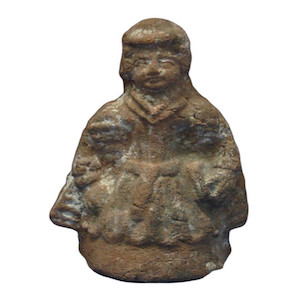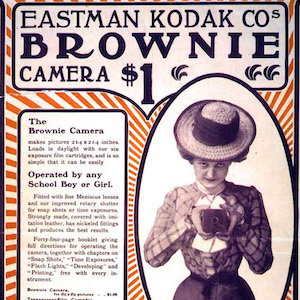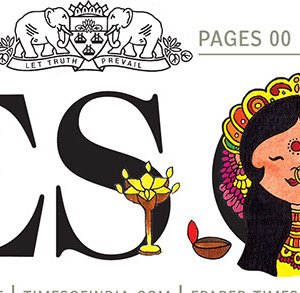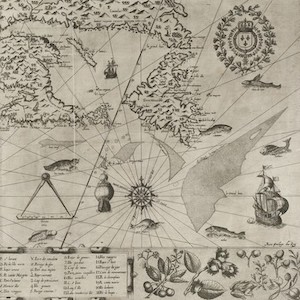Culture

Female Terracotta Figure
This small piece measures only 9.8 centimeters tall. It depicts a clothed female figure, who appears to be wearing some kind of European-style belted dress with a collar.

Competitive Journalism
The modern world of journalism and news is a competitive one. To attract readers, newspapers publishing in the same places try to appear unique. Some, like this edition of the New York Post rely on sensationalized headlines and lurid stories to try to catch the reader's eye.

Kodak Advertisement
When one evaluates a newspaper or a magazine as a source of information, the question of the intended audience almost always comes up. Who was this newspaper intended for? Who actually subscribes to this magazine? One way to answer such questions is through an analysis of advertisements.

The Times of India Masthead
When approaching newspapers as a source for information, several key questions arise: When and where was the newspaper published? What kind of reader was it intended to reach? Did it have local competitors? What were its political affiliations?

Newspaper report on Eva Peron's Death
Although newspapers are a popular way to locate facts related to a specific event, because they attempt to cover events as they unfold or before they even have all the relevant information, newspapers often include factual errors and always reflect a point of view.

Printing Press
This 1750 wooden printing press is quite similar to the earliest ones invented in Europe in the mid-15th century, which revolutionized communication through the rapid increase and accessibility of information. Print began with individual metal letters placed by hand in special grids.

The People’s Map of Global China
This website maps the international activities of Chinese businesses or government affairs, to create an idea of “Global China.”
London Newspaper
This source represents both the power and importance of context when reading local sources and how the speed of information has changed drastically over time.
History21
The most meaningful goal of this site is its emphasis on epistemology, and students learning how to think historically.